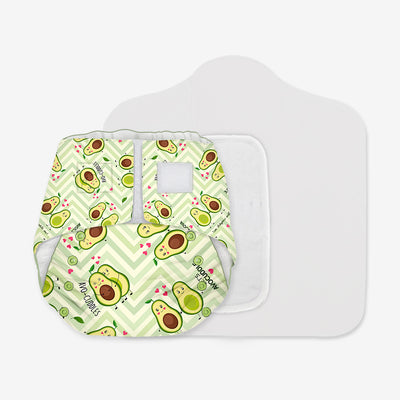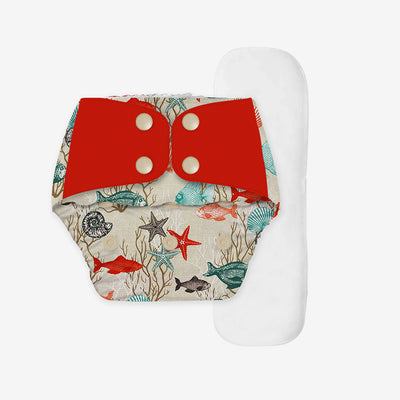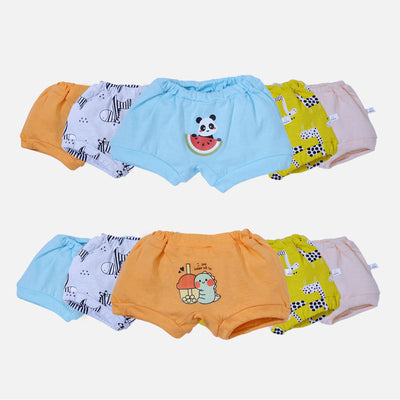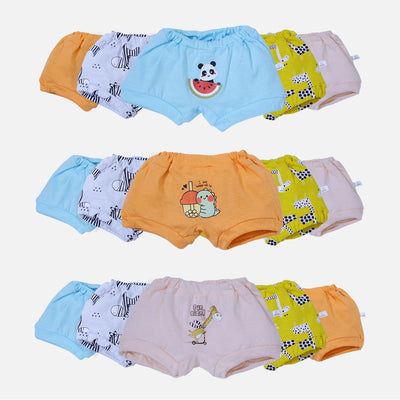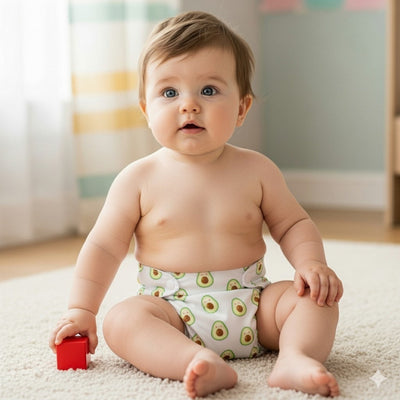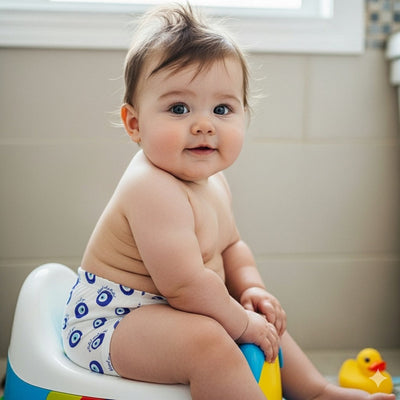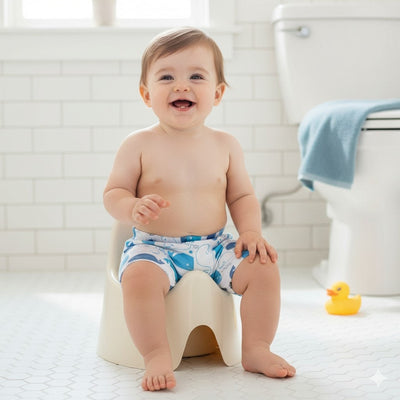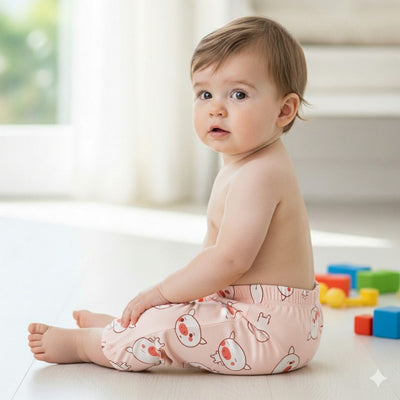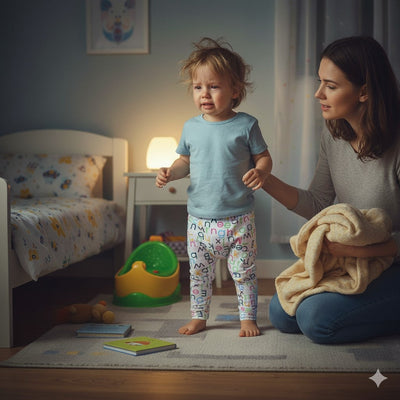How to Potty Train a 6-Year-Old Without Stress or Shame
Potty training a six-year-old is different from teaching a toddler. At this age, children are usually in school, attending birthday parties, and aware of what their peers can do. That awareness can create embarrassment and resistance. But with a thoughtful approach, parents can help their child achieve toilet independence without shame.
Understand the Unique Challenges of a School-Age Child
Unlike toddlers, six-year-olds may already feel anxious about being “different.” Some may hide accidents or refuse to use the school restroom. Discuss these concerns openly and reassure your child that many children develop toilet habits at different times.
If your child struggles with constipation, bladder control, or sensory sensitivities, speak with your paediatrician first. A medical check helps you rule out issues that can delay progress.
Respect Privacy and Independence
By six, most children can manage the toilet and sink independently, but they may still feel uneasy if a parent is hovering. Give them space and let them close the door, while making sure they know you’re nearby if they need help, for example, with wiping after a bowel movement or dealing with an unexpected accident.
Encourage open communication so they’ll call you if something feels uncomfortable or if they notice any changes, such as constipation or increased urgency. Offering quiet support while allowing independence helps them feel trusted and confident.
Gradual Independence: Smart Use of Training Pants
At six, the goal is full independence, so training pants should act as a temporary safety net, not a long-term crutch. Use them selectively in situations that increase risk or anxiety and slowly remove them as your child gains confidence.
Where to use them (and why)
-
New or busy days (school transition, field trips, first day at a new activity): For a short period, a slim pair of potty training pants can reduce stress while your child adjusts. Pack an extra pair and a discreet zip bag so they can change privately if needed.
-
Outings and long car rides: If bathroom access is uncertain, light padding helps avoid embarrassing accidents while your child practices asking for breaks.
-
Sleepovers and travel: Use padded underwear for overnight stays as a temporary comfort measure, explain it’s just for “this trip” so it doesn’t become the default.
-
When recovering from illness or constipation, Short-term use of cotton training pants can help while you work with a paediatrician on medical issues.
How to phase them out
-
Define short trials. Start with “try without” windows, e.g., one afternoon at home without training pants and increase frequency as they succeed.
-
Use goal-based reductions. Replace a safety day with a dry-day goal (three dry school days, try one full day without protection.
-
Make it collaborative. Let your child pick the trial day and the reward (non-material, like choosing a family activity). This builds ownership.
-
Teach self-management. Practice packing a spare pair, changing in private, and cleaning up so the child handles accidents independently, not the parent.
Guiding principles
-
Keep training pants as a situational backup, not a substitute for practice.
-
Communicate the plan clearly and celebrate small wins. Independence grows with consistent, supported practice.
-
If progress stalls or there are signs of a medical/sensory issue, consult your pediatrician.
Use Logical Rewards, Not Bribes
Six-year-olds understand cause and effect. Instead of stickers, set collaborative goals like:
-
“Dry all day for a week = extra bedtime story.”
-
“No accidents this weekend = pick Saturday’s family activity.”
This reinforces responsibility without making the toilet a bargaining chip.
Tackle School Bathroom Challenges
Some children avoid school restrooms because they feel noisy, crowded, or rushed. Instead of formal “practice sessions,” focus on building comfort and confidence:
-
Talk first. Ask what feels uncomfortable, long lines, automatic flushes, or lack of privacy and listen without judgment.
-
Plan solutions together. If the flush is too loud, suggest covering ears or choosing a quieter stall. If crowds bother them, identify a less-busy time, such as right after the morning bell or just before lunch.
-
Coordinate with staff. A quick chat with the teacher or school nurse can ensure your child is allowed extra bathroom breaks or can use a staff restroom if necessary.
-
Empower independence. Remind your child they can always tell a trusted adult if they need help or feel anxious.
Encourage Body Awareness and Communication
At this age, kids can understand signals like a full bladder or an upcoming bowel movement. Teach them to pause during play and check in with their body. A watch with gentle reminders or a phone timer can help them develop self-awareness without constant parental prompting.
When to Seek Extra Support
If your child experiences pain, persistent accidents after months of effort, or emotional distress about potty training, consult a pediatrician or child therapist. Professional guidance ensures you address any underlying issues while keeping the process positive.
FAQs
1. Which training pants are best for a school-age child?
Snugkins padded underwear offers discreet protection and soft cotton comfort, perfect for older kids who want underwear that feels grown-up.
2. How can I prevent embarrassment at school?
Pack an extra pair of cotton training pants in a zip bag inside their backpack. Snugkins’ slim fit lets children change quickly and privately if an accident occurs.
3. Is it normal for a 6-year-old to still have occasional accidents?
Yes. Some children may experience occasional accidents during the day as they refine bladder and bowel control. With patience and consistent routines, most six-year-olds gain full independence over time.


